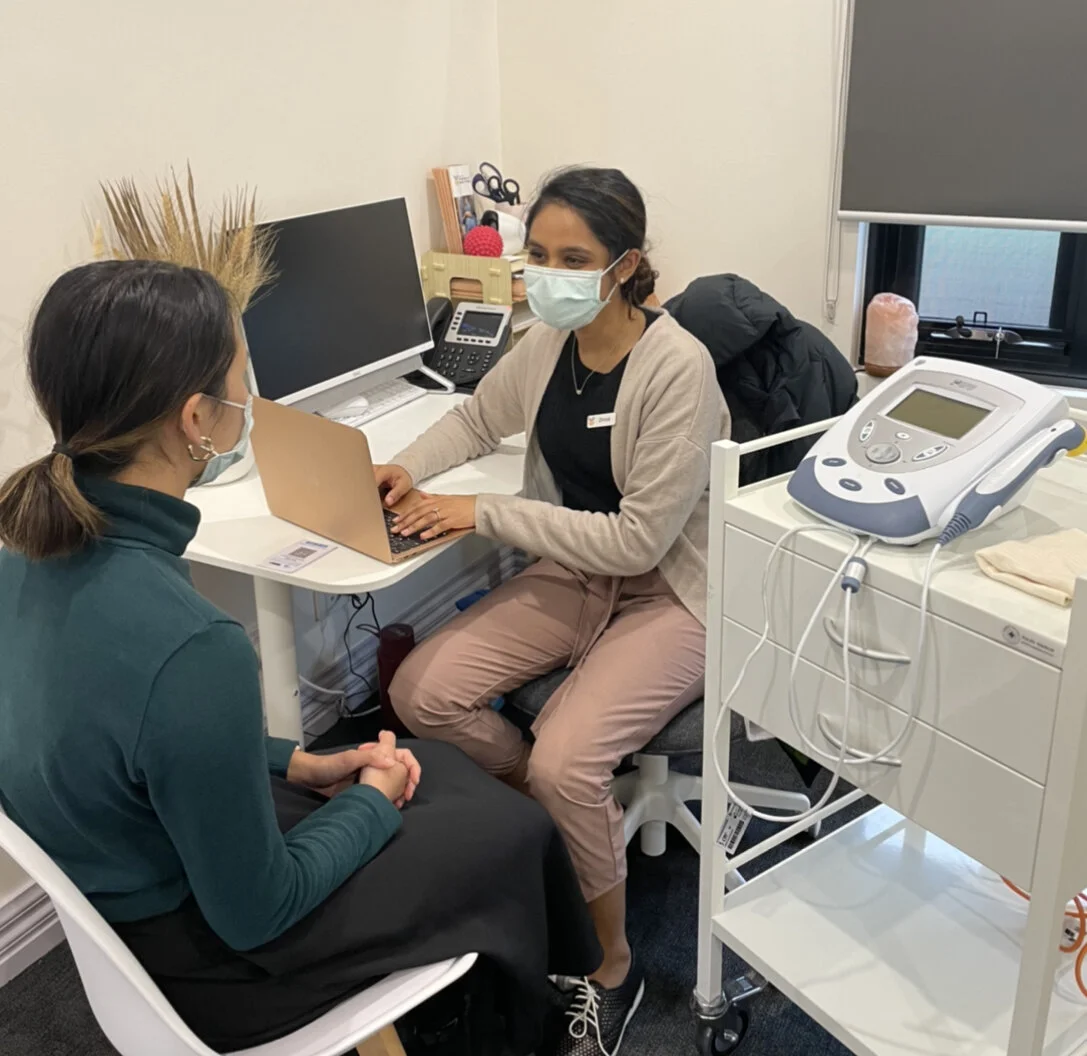According to the World Health Organisation, mastitis is a condition that impacts approximately 33% of women, most commonly occurring in the first 2-3 weeks postpartum.
In this blog post, we have broken down what it is, warning signs, causes and how to treat it effectively.
What is a blocked duct or mastitis?
When you are breastfeeding, your milk ducts carry the milk from deep within the breast tissue to the nipple opening. At times, these ducts can become blocked causing milk to continue to build up behind the blockage. This is referred to as a blocked duct. Mastitis commonly arises due to a blocked duct that hasn’t cleared. The built-up milk behind the blocked duct can be pushed into nearby breast tissue, which can lead to inflammation of the affected area (Mastitis). Mastitis is always an inflammatory condition which may or may not have an infection present.
What are the causes of blocked ducts or mastitis?
Wearing tight and compressive bras
Poor attachment to the breast
Changes to feeding patterns (long break between feeds)
Breasts that are too full
Blocked ducts
Nipple damage
What are the signs and symptoms of blocked ducts or mastitis?
Redness
Swollen
Tender
Hot to touch
Flu like symptoms (due to an infection present) such as a temperature, cold shivers and sweats
How do you treat a blocked duct or mastitis?
Continue to empty the breast milk
If you have mastitis, your breast milk is still safe for your baby. It is important to feed or express every 3-4 hours as this prevents the build up of breast milk behind the affected duct. If your baby is asleep and your breasts start to become full, you can express a small amount of milk and then feed your baby at a later stage. Alternatively, you can wake your baby up for a feed. During a feed, offer both breasts to your baby. If your baby only feeds from one breast, make sure you offer the alternate breast during the next feed to ensure that you are keeping the milk flowing evenly through both sides.
2. The use of hot and cold interventions
Use a HOT pack for a few minutes PRIOR to a feed as it can help trigger your let down reflex. It can also help to clear your blockage, allows your breast milk to flow easily and reduce pain. A hot pack can also be a warm shower, wheat pack or a warm hand towel.
Use a COLD pack AFTER a feed as it can help reduce pain, swelling and inflammation.
3. Massage
Gently massage the breast towards the nipple during or prior to your feed to help stimulate your milk flow. This should be VERY GENTLE, like the pressure you would use when stroking a cat.
At other times you can also gently massage away from the nipple towards your armpit to encourage the drainage of excess fluid.
4. Avoid wearing tight clothing over your breasts
Opt for a bra that is loose with no underwire as wearing tight clothing can interrupt the flow of your breast milk.
4. Visit your women’s health physio for ultrasound therapy!
Therapeutic Ultrasound can be used to help clear blocked ducts. The Ultrasound machine transmits heat into the deep tissues of your breast which helps to break up blockages in your milk ducts into smaller parts. Ultrasound therapy is also thought to have an inflammatory effect and these benefits are still being studied. It is very important to feed or express 30 mins after the treatment as it can unclog your ducts and then continue to feed frequently from the affected side to prevent further blockages from occurring. Generally, we advise three ultrasound treatments over the course of three days for the most relief!
If you notice any symptoms of Mastitis or Blocked ducts, please book an appointment at Melbourne Pregnancy and Pelvic Floor Physio as soon as you can. Always remember that although breastfeeding can be challenging, you are doing an amazing job!
Resources:
https://www.breastfeeding.asn.au/bf-info/common-concerns%E2%80%93mum/mastitis
https://www.thewomens.org.au/health-information/breastfeeding/breastfeeding-problems/mastitis/
Thank you to Divya Koujalgi for her contribution to this blog. Divya consults on Mon-Sat at MPPP.

